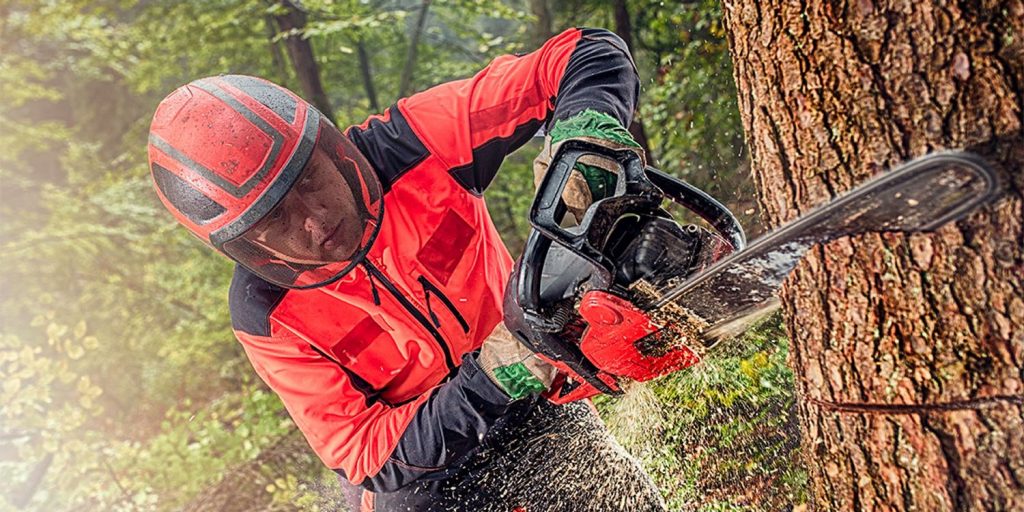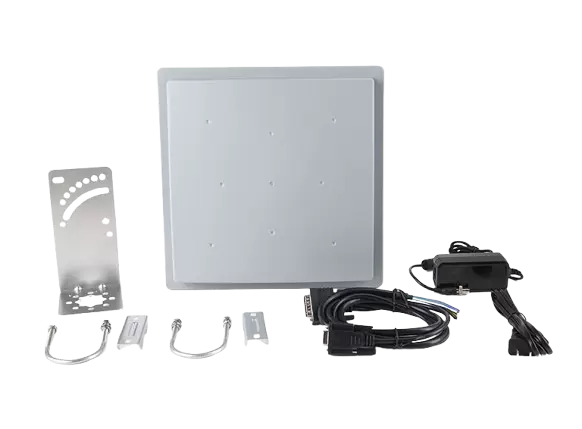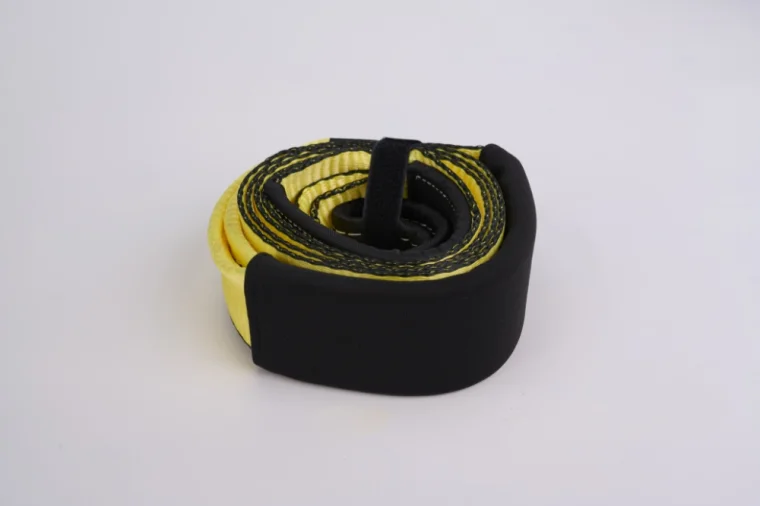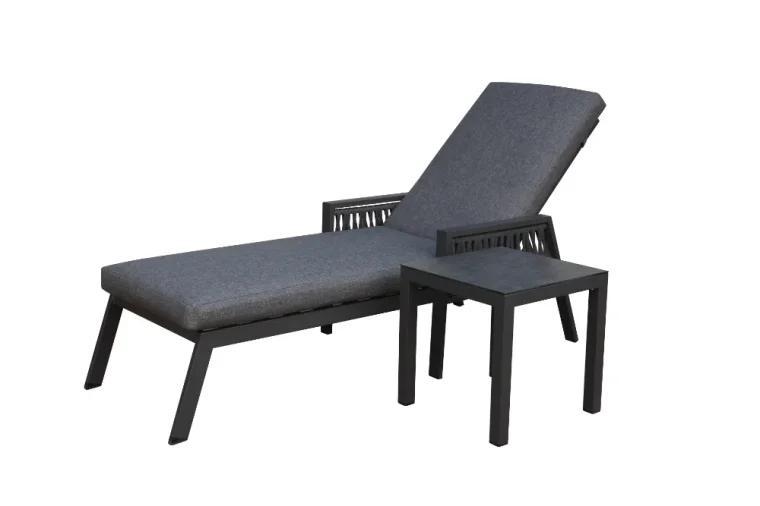Bending Blades: Deciphering the Mystery of Why Chainsaw Cuts Curved

In the realm of chainsaw operation, the phenomenon of curved cuts can sometimes perplex users. This article aims to unravel the mystery behind why chainsaw cuts often end up curved, exploring various factors that contribute to this occurrence and providing insights into how users can optimize their cutting techniques for straighter results.
1. Chain Tension and Alignment:
One of the primary reasons chainsaw cuts may deviate from a straight line lies in improper chain tension and alignment. Chains that are not adequately tensioned or are misaligned on the guide bar can lead to a wandering cut. Understanding the significance of proper tensioning and alignment becomes crucial for achieving precision in your cuts.
2. Bar and Chain Quality:
The quality of the chainsaw bar and chain also plays a pivotal role in determining the straightness of cuts. A worn-out or bent bar, as well as a dull or unevenly sharpened chain, can contribute to deviations in the cutting path. Exploring the importance of high-quality components sheds light on the impact they have on the overall performance of the chainsaw.
3. User Technique and Experience:
The operator's technique and experience level are key factors influencing the straightness of chainsaw cuts. Novice users may inadvertently apply uneven pressure or fail to maintain a consistent cutting angle, resulting in curved cuts. This section delves into the nuances of proper cutting techniques, empowering users to refine their skills for more accurate results.
4. Environmental Factors:
External elements, such as the type of wood being cut and environmental conditions, can influence the trajectory of chainsaw cuts. The density and grain pattern of the wood, as well as factors like wind and uneven terrain, contribute to the complexity of the cutting process. Understanding these environmental variables enables users to anticipate and adapt to potential challenges.
5. Maintenance Practices:
Regular maintenance of the chainsaw is crucial for optimal performance. This includes checking and adjusting the chain tension, inspecting and replacing worn-out components, and ensuring that the saw is in top condition. A well-maintained chainsaw is more likely to produce straighter cuts, emphasizing the importance of a proactive maintenance routine.
6. Advanced Cutting Technologies:
Technological advancements in chainsaw design have introduced features aimed at enhancing cutting precision. Some modern chainsaws come equipped with advanced cutting technologies, such as laser guides or digital displays, providing users with real-time feedback to improve accuracy. Exploring these innovations showcases how technology can be harnessed to achieve straighter cuts.
Conclusion:
The curvature of chainsaw cuts is a multifaceted challenge, influenced by factors ranging from chain tension and alignment to user technique and environmental conditions. By comprehensively understanding these elements and implementing best practices in tensioning, alignment, user technique, and maintenance, chainsaw operators can significantly enhance their ability to achieve straight and precise cuts. This article serves as a comprehensive guide for both novice and experienced users, unraveling the mystery behind why chainsaw cuts curve and providing actionable insights for achieving optimal cutting results.





